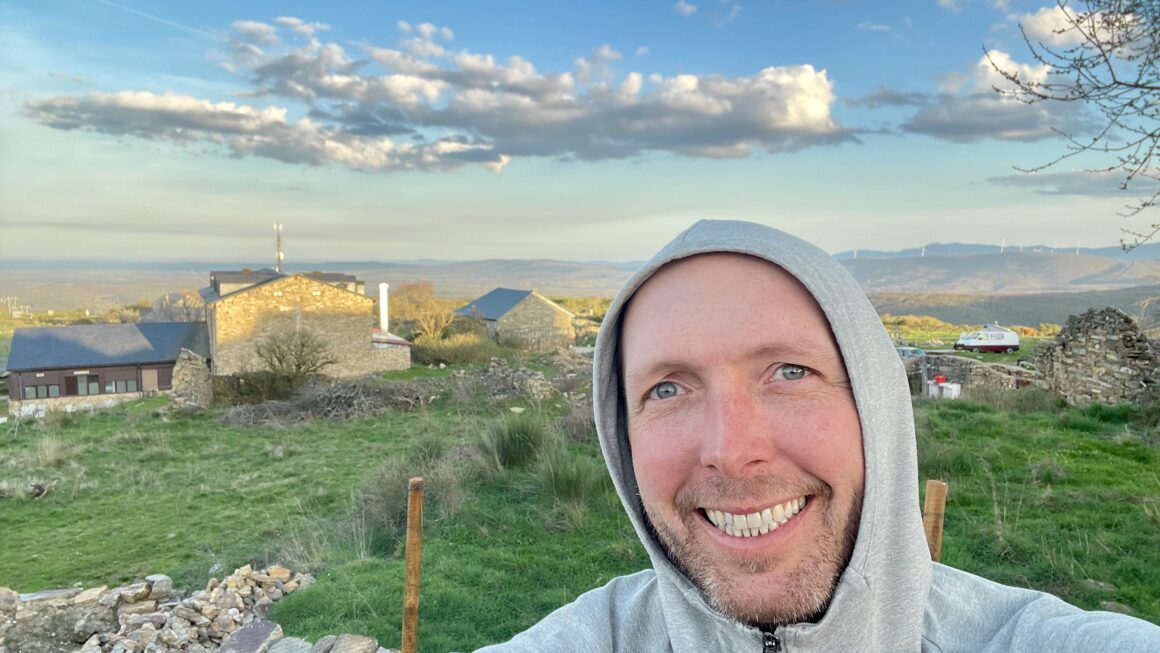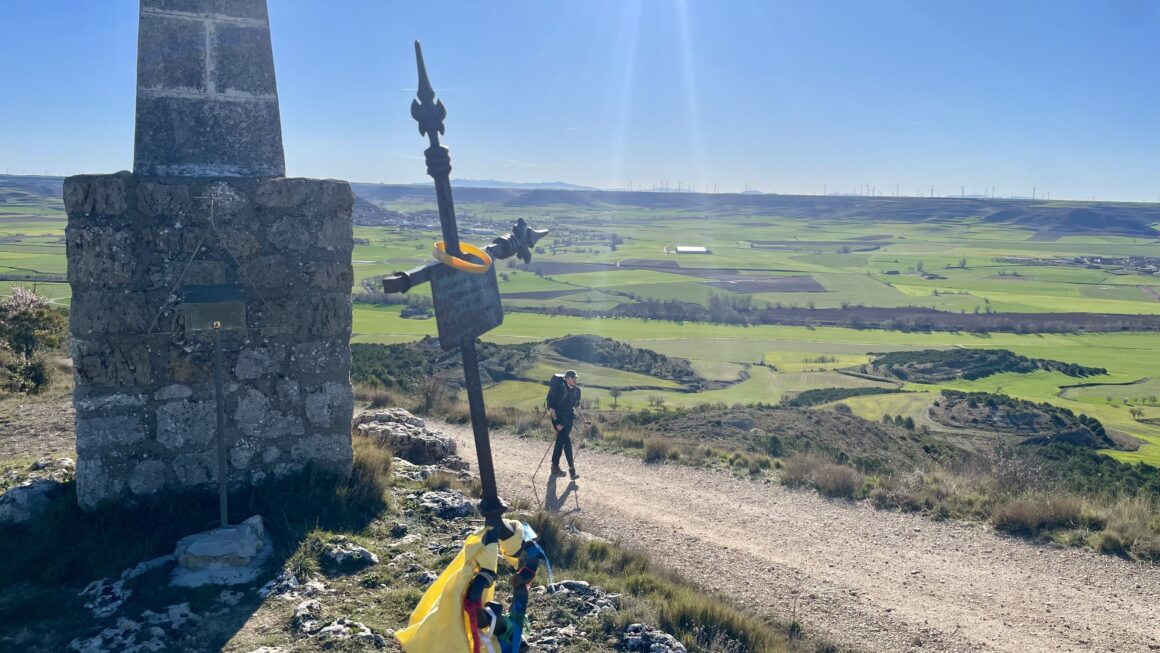Somehow another year has passed on my Financial Independence journey. Many things have changed since I first started the website/blog. I’ve implemented a solid savings plan with clear goals, sketched out my timeline to FI, and I’ve documented my personal investment strategy. I completely missed my goal of posting an article a month, but honestly there just isn’t much to write about once all the systems and processes are in place. Work is going very well and while there have been some extremely challenging moments in 2022 I am still happy.
2022 has not been the market windfall experienced in 2020 and 2021, but I’ve been preparing for a financial downturn for quite some time. I’ve steeled my nerves enough to stay invested and I’m continuing to shovel as much money as possible into the down & declining market. I’m looking at the current downturn as a gift. I’m planning my future spending based on the 4% Rule of Thumb, however I’m not blind to the risks of this rule. The 4% Rule fails during a handful of 30 year timespans when overlaid on the last 100+ years of stock market history. The times when the 4% Rule fails are related to Sequence of Returns Risk, meaning that a market downturn occurs at the beginning of retirement. Since WW2 the average recession lasts about 10 months. If we assume that the market will hit bottom sometime in 2023 that means it should perfectly align with my plan for 2024 and beyond. As I’ve explained on The Numbers page I have a plan to live on untracked stock and savings for the first few years. The plan to live on the untracked stock & savings for the first few years is my attempt to mitigate Sequence of Returns Risk. That said, if I am lucky enough to have a recent recession in the rear view mirror after hitting my FI Date the Sequence of Returns Risk should be minimal.
Let’s talk about what happened financially in 2022! The market (VTSAX) returned a dismal (20.97%) as of December 29, 2022. Rather than throw in the towel I actually doubled down, cut some expenses, and invested more than originally planned to shore up the difference. My financial goal in 2022 changed with the downturn and I’ve spent the majority of the year throwing extra money into my brokerage account & VTSAX to keep the total net-worth number on an upward trajectory. Had the downturn not happened and if we had achieved an 8% annual increase instead of the (20.97%) decrease my estimated net-worth would have been about $150,000 higher.
Investing in the market requires catching those long-tail scenarios. Most of the highest daily returns in the history of the stock market happen within the first 12 months of a bear market hitting bottom. We know that these long-tail market spikes happen, but we cannot know exactly when they will happen. To optimize for these long-tail market spikes we need to prepare by continuing to invest to take advantage of when the spikes happen. Furthermore, history tells us that the market experiences an average increase of 43% during the first 12 months after the market hits a bottom. This is why selling out of the market when things are tough is soo detrimental! Catching, or missing, those long-tail spikes in the market is what causes the majority of market success or failure.
As we enter 2023 my plan is to stay the course.
Cheers 🥂




